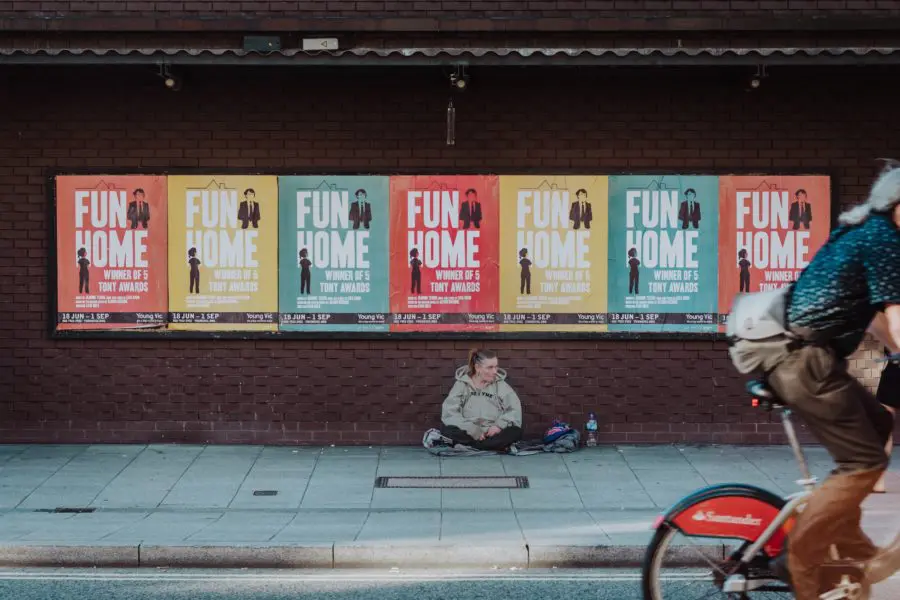How technology can help reduce poverty
With the proliferation of technology and gadgets it may seem that people on the whole are better off the level of poverty in the UK is getting worse. In Greater Manchester alone there are 1.6 million people currently living in poverty.
Recently, the Greater Manchester Poverty Commission has published its recommendations of how to reduce this number, highlighting the need for greater food provision, increased accessed to IT equipment, better wages and more monitoring. Fortunately, technology can be used to help accomplish these goals and reduce poverty. Here’s how.
Increase accessibility of sites
As the world becomes more reliant on computers and expensive gadgets the ability to get a job is being lessened for those unable to get access to such technology. There is a digital divide growing in the UK. To reduce it the Greater Manchester Poverty Commission has recommended increased provision of affordable broadband and IT equipment.
This isn’t all that can be done though. People who are in poverty are more likely to have mobile phones than they are to have computers. So having a website that is easily accessible through mobile phones is crucial if you are working with people in poverty. While some may see mobile phones as not a solution to the digital divide it’s certain they can be helpful in teaching people how to access web content without a computer and act as an effective stepping stone to using computers fully. This is especially true if your website uses responsive designs that appear similar on both phones and tablets as well as on computers.
Managing your overall web accessibility so that it people with disabilities are also able to access content is also key, as disabled people are twice as likely to live in poverty than others. There are a variety of tools available on the web to help you make sure that everyone can use your site effectively.

Crowd-sourcing food banks
One of the signs of increasing poverty is the greater number and need of food banks in the UK. Last year over 100,000 people were fed through food banks and that number looks like it will grow in 2013. At one point in 2012 the need was so great that UK anti-poverty charity The Trussell Trust, were opening food banks at a rate of three every week.
We’ve already discussed how social media can be used to help feed those in need; and how with the smart use of Twitter the visibility of food banks and the amount of food donated to them can be increased. Technology can also help increase awareness of food banks and their locations through the use of interactive maps. Both the Trussell Trust and The Guardian, have created one to make it easy to find the nearest food bank.
Petition for living wage
It’s often thought that poverty only affects those who can’t or won’t work; this is just plain untrue. In the UK 6.1 million people in poverty are living in working households. Though there is currently legislation ensuring a minimum wage of £6.19 for those over 21, the estimated living wage for those living outside London stands at £7.45 and the estimated living wage for those in London is £8.55. Due to the difference between the minimum wage and the living wage, The Greater Manchester Poverty Commission are promoting the adoption of the living.
Many politicians and workers alike are campaigning for legislation on the issue. Fortunately the internet has made it easy for people to get their voice heard and there are now simple ways to spread the word through email, social networks and online petitions. The Government even has a site specifically for online petitions over at https://epetitions.direct.gov.uk/ where, if a petition reaches 100,000 signatures then it is discussed in Parliament.

Mapping
Sometimes it’s difficult to convey the size of an issue with pure data and text alone. It’s simple to say that there are over 13 million people living in poverty in the UK, but without a visual comparison then the extent of the issue might not be fully grasped. However, creating an infographic or interactive map is a simple way of displaying a great deal of data in an easy to read manner.
To show how bad poverty in England is the data blog section of The Guardian created two poverty maps which show, at a glance, which areas are most affected by poverty.
Whereas creating things like this was once an impossibility for all but experts in the field with internet tools, such as Visual.ly or Crowdmap, it’s now easy for anyone to create their own to highlight issues in an attractive and informative way.
